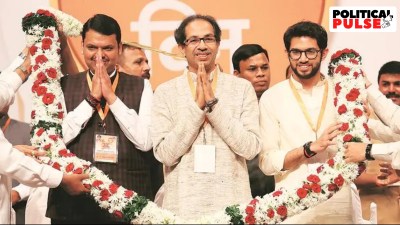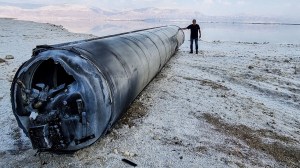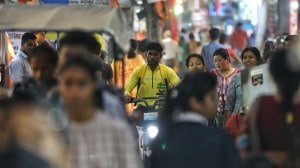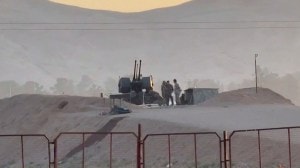- India
- International
Kerala’s investment in social sectors is helping combat Covid-19
The credit should go to Kerala’s robust local governance, effective social structure and well-knit multi-layered public health structure. The state may be a laggard in industrial production, but its human development indices are stellar.
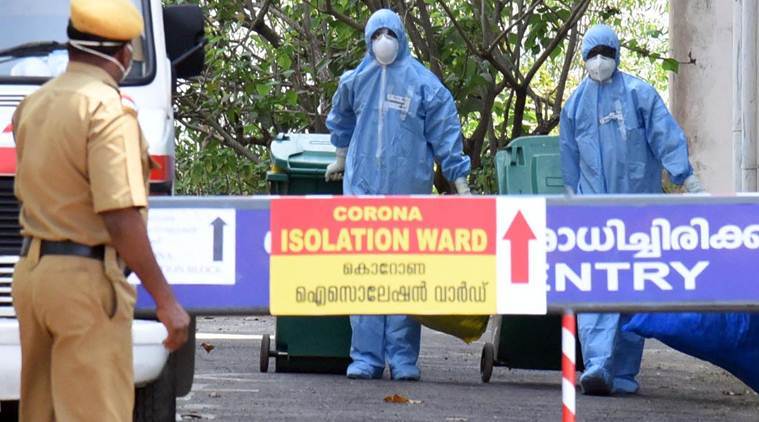 There is a renewed sense of pride among a large section of people in Kerala that the state’s social indicators are at par with those of Nordic countries and that the state has outsmarted even rich Western countries in combating COVID-19. (File Photo)
There is a renewed sense of pride among a large section of people in Kerala that the state’s social indicators are at par with those of Nordic countries and that the state has outsmarted even rich Western countries in combating COVID-19. (File Photo)
Kerala is an outlier among other Indian states in terms of social indices and its success is often touted as an “experience” or a “lesson”. The Kerala story has been widely talked about even by scholars such as Amartya Sen. There is a renewed sense of pride among a large section of people in Kerala that the state’s social indicators are at par with those of Nordic countries and that the state has outsmarted even rich Western countries in combating COVID-19.
How is it that Kerala could effectively combat COVID-19 when the world at large appeared ill-prepared to respond to this health emergency? Kerala has the lowest mortality rate as well as the highest recovery rate with respect to coronavirus infections. The initial statistical projection of cases and deaths became redundant due to the organic method adopted by Kerala. The number of tests conducted in Kerala is just 10 per cent of the figures for countries such as the US. But aggressive contact tracing and keeping a large number of people under observation helped Kerala in preventing community spread. Ninety per cent of the positive cases were detected among people who were kept under observation.
Comparative analysis will invariably become the premise for understanding the experiences of various countries. The experiences of New York and Kerala are compared to highlight the stark difference in the approach of two systems. The population of Kerala is 33 million whereas that of New York is 19 million. The per capita income of Kerala is $2,937 while that of New York state is $88,981. There are 1.8 hospital beds for every 1,000 people in Kerala whereas the corresponding figure for New York is 3.1 beds. Kerala has 1.7 doctors per 1,000 persons, New York is credited with 3.8 doctors. However, the total corona positive cases in Kerala as on May 11 was 512 and the state had reported just four deaths. On the corresponding date, New York had over 3.4 lakh corona positive cases with more than 27,000 deaths. The credit should go to Kerala’s robust local governance, effective social structure and well-knit multi-layered public health structure. The state may be a laggard in industrial production, but its human development indices are stellar.
The world is once again discussing the Kerala story. It has acquired a halo thanks to its efficiency and resilience in successfully battling infectious diseases and natural calamities over successive years. In recent years, the state government, in close collaboration with its people, managed to minimise human and economic losses due to floods, the Nipah virus outbreak and now the COVID-19 pandemic. Unsurprisingly, the results have attracted worldwide attention. Kerala is now a topic of discussion worldwide — on TV channels and in mainstream newspapers of all ideological persuasions, and in seminar rooms.
We say in a lighter vein that Kerala consumes a heavy dose of politics. Indeed, politics pervades all aspects of life in the state. A positive aspect of this is that there is a close interconnect between the layers of administration and people. Real-time auditing, which becomes handy when mammoth exercises, like fighting a pandemic, is in place in the state.

The Left has always been decried for its redistribution-oriented economic model and blamed for its “skewed” nurturing of the public sector. The Left Democratic Front governments have always laid emphasis on public education and public health. Official numbers from the period — whenever the Left has been in office — confirm a preference for state-run institutions over private enterprises. Since people have gained massively from such measures, even the rival political formation would not dilute the Left’s people-centric policies for fear of a popular backlash when it is elected to office.
The message from Kerala is that the world should be prodded to do business in the state, especially in sectors such as tourism, hospitality, education, health, biotechnology and IT. Kerala’s weather, friendly people, stable law and order are clearly pluses for investors. There are millions of people across the world who are curious about this small patch of land and they can be induced to have an interface with state. Moreover, the entrepreneurship of those Malayalis who would be returning with vast expertise and experience, can be channelised for productive purposes. Take the tourism sector. If each Malayali brings one tourist home, the loss the state suffered on account of the pandemic can be compensated to a large extent.
It is not an exaggeration to say that Malayalis get an adrenaline rush during a crisis and plunge into humanitarian efforts. But he or she often squanders opportunities to make the state proud on normal occasions. This is another Kerala paradox! The Malayali has a penchant to dwell on controversies, which often result in administrators and decision-makers wasting their time over trivial matters. Paul Antony, a former chief secretary of Kerala, once said the only industry that was thriving in the state was that of controversy!
Kerala cannot afford to the miss new opportunities coming its way in this fast-changing world unless it wants to miss the bus of progress and development. Late US President John F Kennedy is reported to have said: “The Chinese use two brush strokes to write the word ‘crisis’. One brush stroke stands for danger; the other for opportunity. In a crisis, be aware of the danger — but recognise the opportunity.” Kennedy may have misunderstood the Chinese characters, but Kerala should lean on the second brush stroke he spoke about and turn the present adversity into opportunity.
This article appeared in the print edition of May 13, 2020, under the title ‘The Kerala way’. The writer is managing director of Kairali TV, and media advisor to the Chief Minister of Kerala
EXPRESS OPINION
More Explained
Apr 20: Latest News
- 01
- 02
- 03
- 04
- 05












